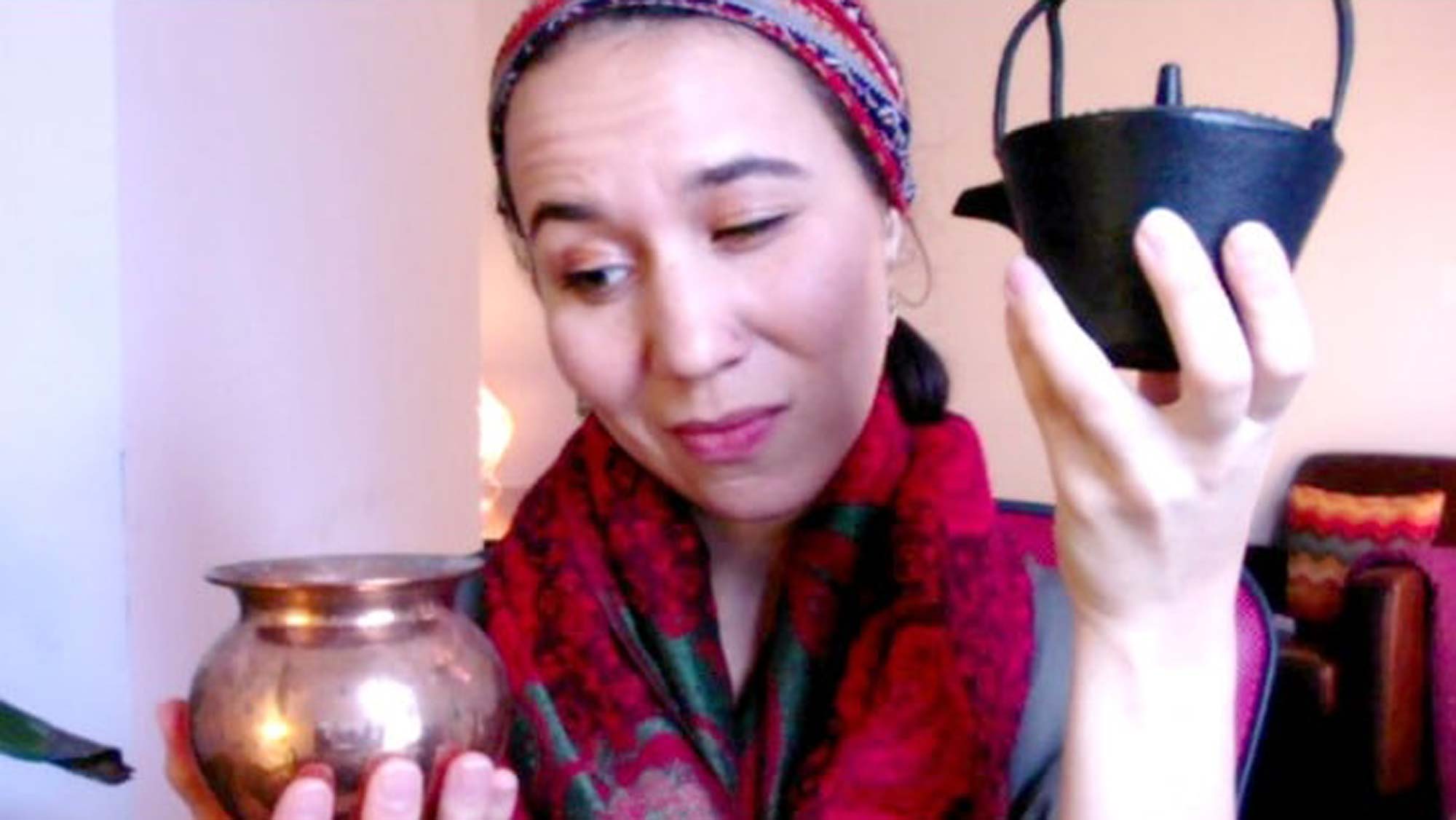We make a number of various recommendations as Chinese medicine practitioners. Two of our most commonly recommended activities are Tai Chi and Qigong. Both activities involve coordinated movement, breathwork, meditation, and have a foundation in martial arts. They have each been used to promote health, spirituality, and enhance martial arts training.
We recommend qigong practice and tai chi exercises to our patients to promote their overall health and well-being as well as adding to their overall self-care practices.
Table of contents
What is Tai Chi?
Tai Chi, or taijiquan in pinyin, is considered an internal martial art that is practiced for self-defense and health. This internal martial art is known for its slow, intentional movements which are coordinated with breath making it a form of moving meditation. Many modern styles of Tai Chi trace their lineage to five traditional schools: Chen, Yang, Wu (Hao), Wu, and Sun.
The philosophy of Tai Chi is based on Taoist and Confucianist thought representing the mother of yin and yang. Tai Chi is considered an internal martial art because it is focused on developing qi (vital energy, life force, etc). One of the Taoist ideals of Tai Chi is wu wei (effortless action) or softness overcoming hardness.
What is Qigong?
Qigong is practiced to balance and cultivate qi (vital energy, life force, etc). This form of moving meditation has its foundation in Chinese philosophy, martial arts, and Chinese medicine. Similar to Tai Chi, Qigong promotes a calm meditative state of mind through its deep rhythmic breathing and slow-flowing coordinated movements. It is also considered a form of moving meditation.
Qigong movements have a long tradition within Chinese culture dating back over 5,000 years. The exercises are utilized within Chinese medicine for their preventive and curative benefits. Qigong blends the diverse traditions of neidan (internal alchemy), xingqi (meditative practice of qi circulation), zhan zhuang (standing meditation), and daoyin (guiding and pulling – a slow gymnastic breathing exercise).
What Is the Difference Between Tai Chi and Qigong?
While Tai Chi is mentioned in historical texts, it has only been practiced in its current form for the past 800 years, and it developed as a style of Qigong. This internal martial art is practiced in what are called forms — a specific sequence of movements linked together with breath which are typically memorized. These sequences are referred to as styles, such as 108 or 64 movement styles. Since its foundation is in martial arts, each movement incorporates a block and a strike. There are five main styles within Tai Chi: Chen, Yang, Wu (Hao), Wu, and Sun.
Qigong has been practiced for over 5,000 years and has been used for medicinal, spiritual, and martial arts purposes. It has over 3,000 styles and its movements are fluid like water. These movements help practitioners to interact with and engage their qi (vital energy, life force, etc). Tai Chi is practiced as an internal martial art and developed from the Qigong practice. For this reason, Qigong is considered the mother of Tai Chi.
Both Tai Chi and Qigong work with qi (vital energy, life force, etc) and move from the dan tien (energy center, sea of qi, etc). They are both practiced for stress management, health, energy cultivation, and spiritual healing.
Benefits of Tai Chi
There are many health benefits associated with practicing Tai Chi movements, such as stress reduction, cognitive improvement, improving balance, and reducing anxiety and depression.
Tai Chi Exercises and Tai Chi for Beginners
The best way to learn Tai Chi is by taking classes with an instructor. We recommend Cloud Hand Tai Chi and Wu Style Tai Chi Chuan Academy in Washington, DC. There are also many virtual and online resources such as Regeneration Tai Chi (Instagram: Regeneration Tai Chi)
Tai Chi Meditation
Tai Chi is considered a moving meditation because the movements are coordinated with the breath. It can improve mental health by reducing stress, anxiety, and depression. Some forms can be difficult to learn, so we recommend taking classes with a master.
Benefits of Qigong
The health benefits of Qigong are the same as Tai Chi. People who practice Qigong movements experience reduced stress, improved cognitive functioning, improvement in their balance, and a reduction of anxiety and depression.
Does Qigong Help Anxiety?
Yes. Since Qigong involves the coordination of movement with breath, people begin to experience slow rhythmic breathing, a reduction in heart rate, and a meditative state within a few minutes. These factors help to reduce the symptoms related to stress and anxiety.
Qigong Exercises and Qigong Exercises for Beginners
The best way to learn Qigong is by taking classes with an instructor. We recommend Capitol Qigong and DC Tai Chi. There are also many virtual and online resources such as Internal Martial Arts International (one of my teachers), Qigong DC and Regeneration Tai Chi (Instagram: Regeneration Tai Chi).
Be sure to check out Tom Bisio’s Introduction to Seasonal Qi Gong with Tom Bisio
Meditation and Qigong
Qigong is also a moving meditation because the movements are coordinated with the breath. It can improve mental health by reducing stress, anxiety, and depression. Tai Chi forms tend to be stricter in their sequence and order, whereas, Qigong forms can be easier to learn because different movements can be put together naturally and instinctively making it easier to learn than Tai Chi. However, we still recommend taking classes with a master.
Medical Qigong
There are four main branches of Traditional Chinese Medicine (TCM): acupuncture, herbal medicine, medical massage (Tuina), and Qigong. Medical Qigong supports healing by regulating and balancing the qi (vital energy, life force, etc) of the patient. The goal of Medical Qigong is to correct energetic blockages and imbalances which enables the body to regulate and strengthen one’s hormones, nervous system, immune system, and internal organs. This helps to reduce stress, regulate emotions, and promote relaxation. Patients are generally prescribed qigong exercises after a Medical Qigong treatment.
Best Qigong Youtube Videos
There are a large number of videos available online to learn Qigong exercises. I have provided our videos for Dance of the Phoenix as well as Qigong teachers who have mentored or inspired my Qigong practice.
- Transformational Acupuncture
- Internal Martial Arts International
- Regeneration Tai Chi
Should I do Tai Chi or Qigong?
Absolutely! As an acupuncturist and Chinese medical practitioner, it is important for me to continually cultivate, regenerate, and refresh my qi, so I incorporate Qigong into my exercise practices at least 2-3 times per week. Qigong has been especially helpful during times of increased stress and emotional vulnerability.
Healing through the Timeless Art of Tai Chi and Qigong
Embracing the practices of Tai Chi and Qigong offers profound benefits, serving not only as a bridge to improved physical health but also as a gateway to mental and spiritual rejuvenation. Whether you’re a beginner seeking to alleviate stress and anxiety, or a seasoned practitioner aiming to deepen your meditative and martial arts skills, these ancient arts provide a valuable complement to modern medical treatments and a resilient foundation for personal well-being.
If you would like to learn more about how tai chi and qigong can enhance your health and vitality, please schedule an appointment to discuss with one of our qualified practitioners.







